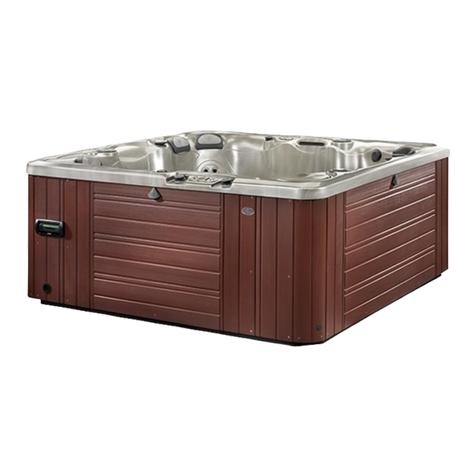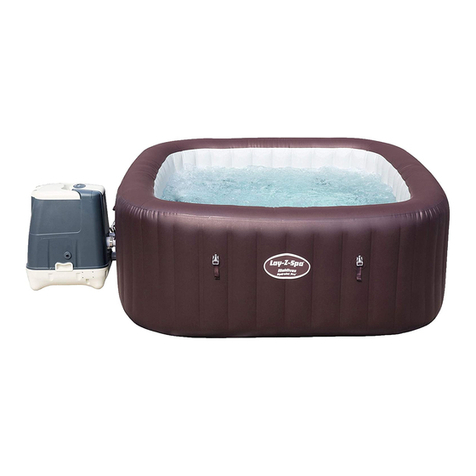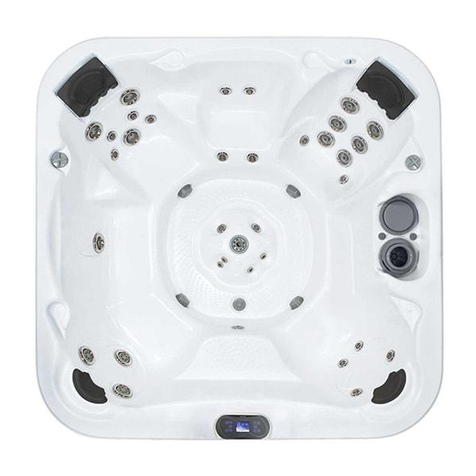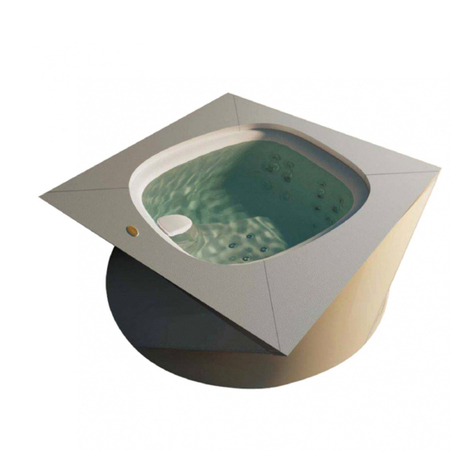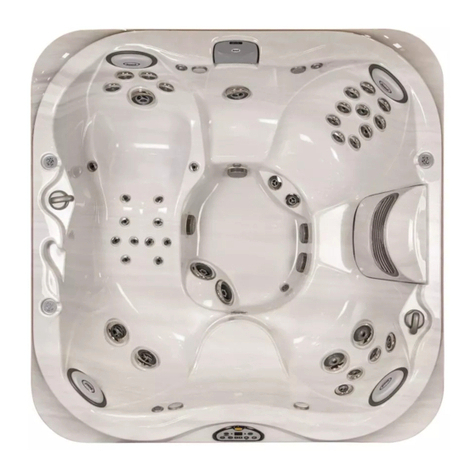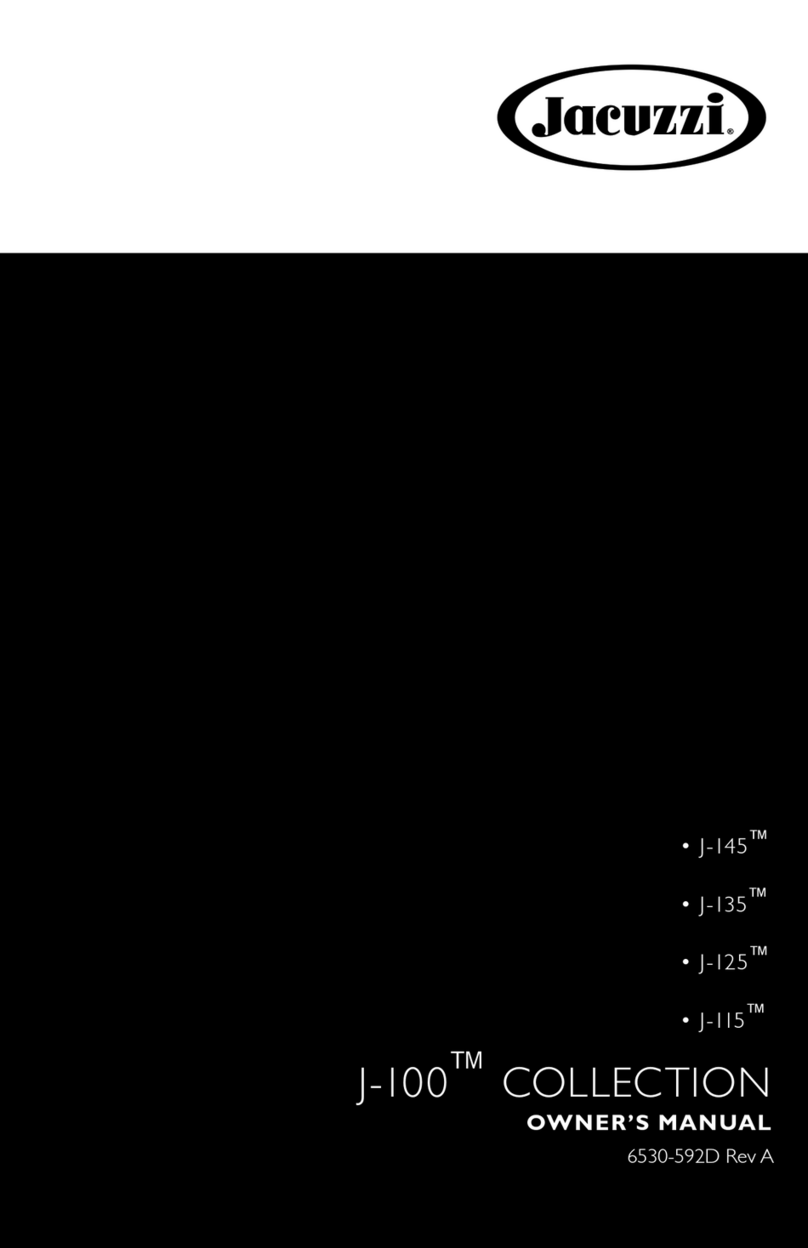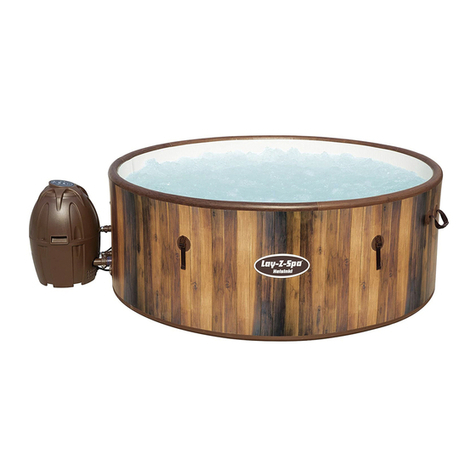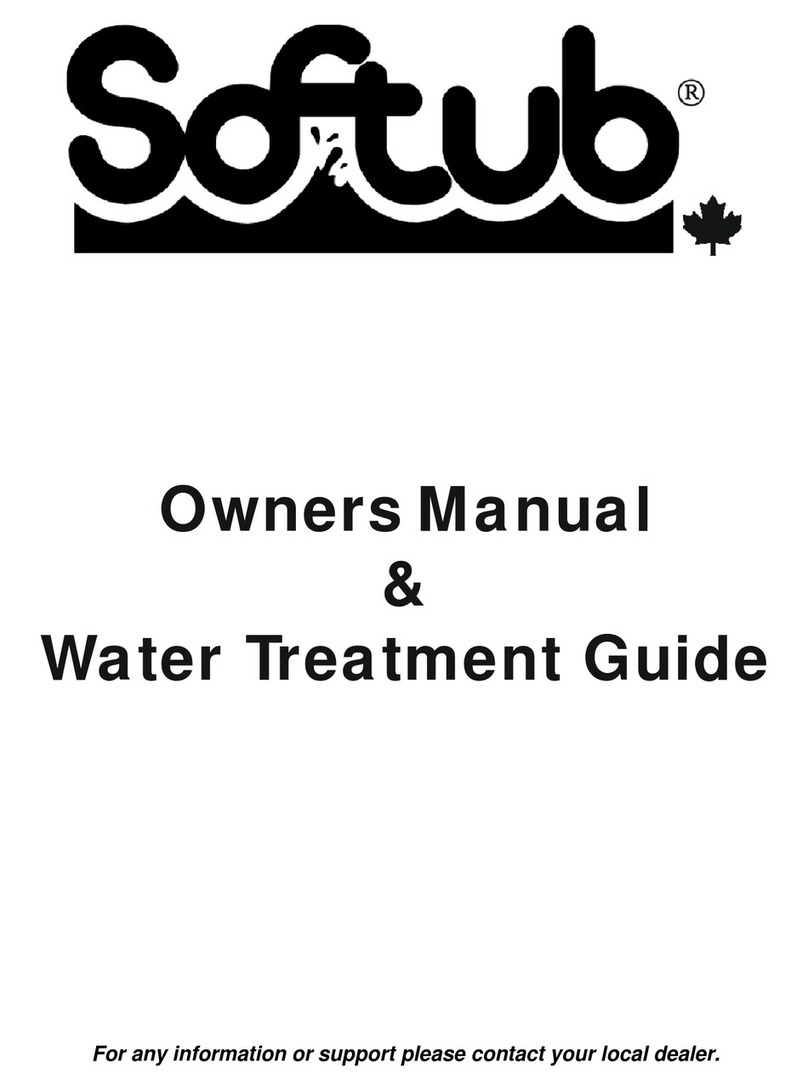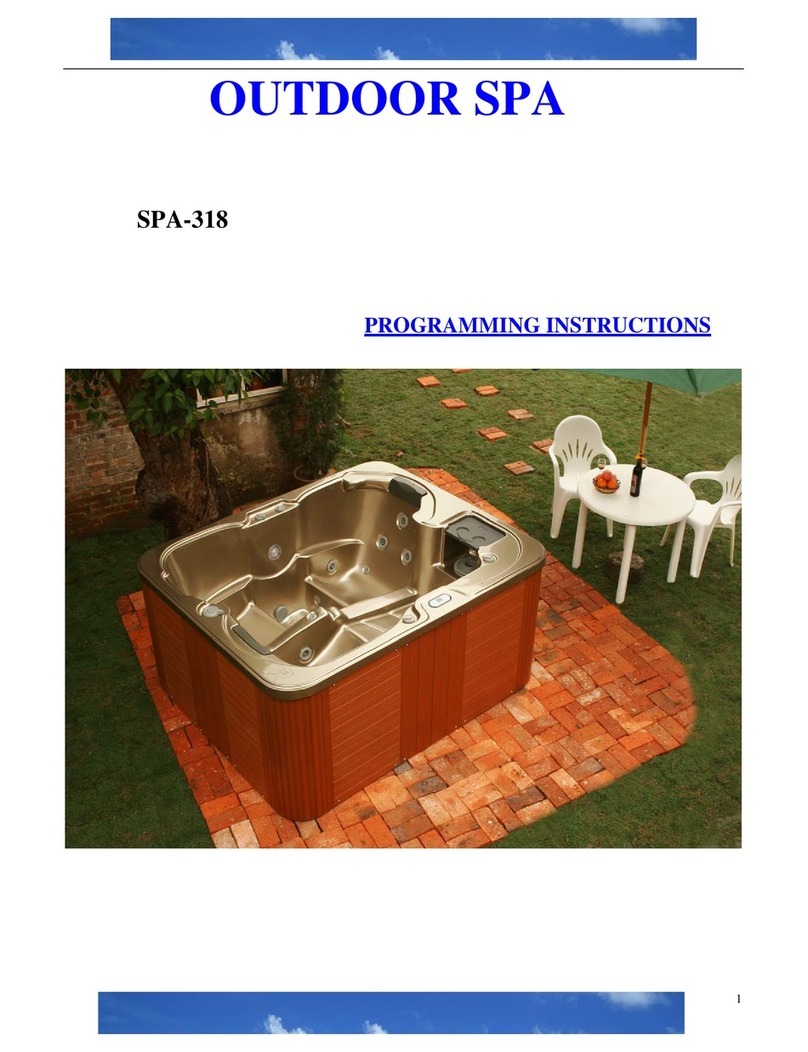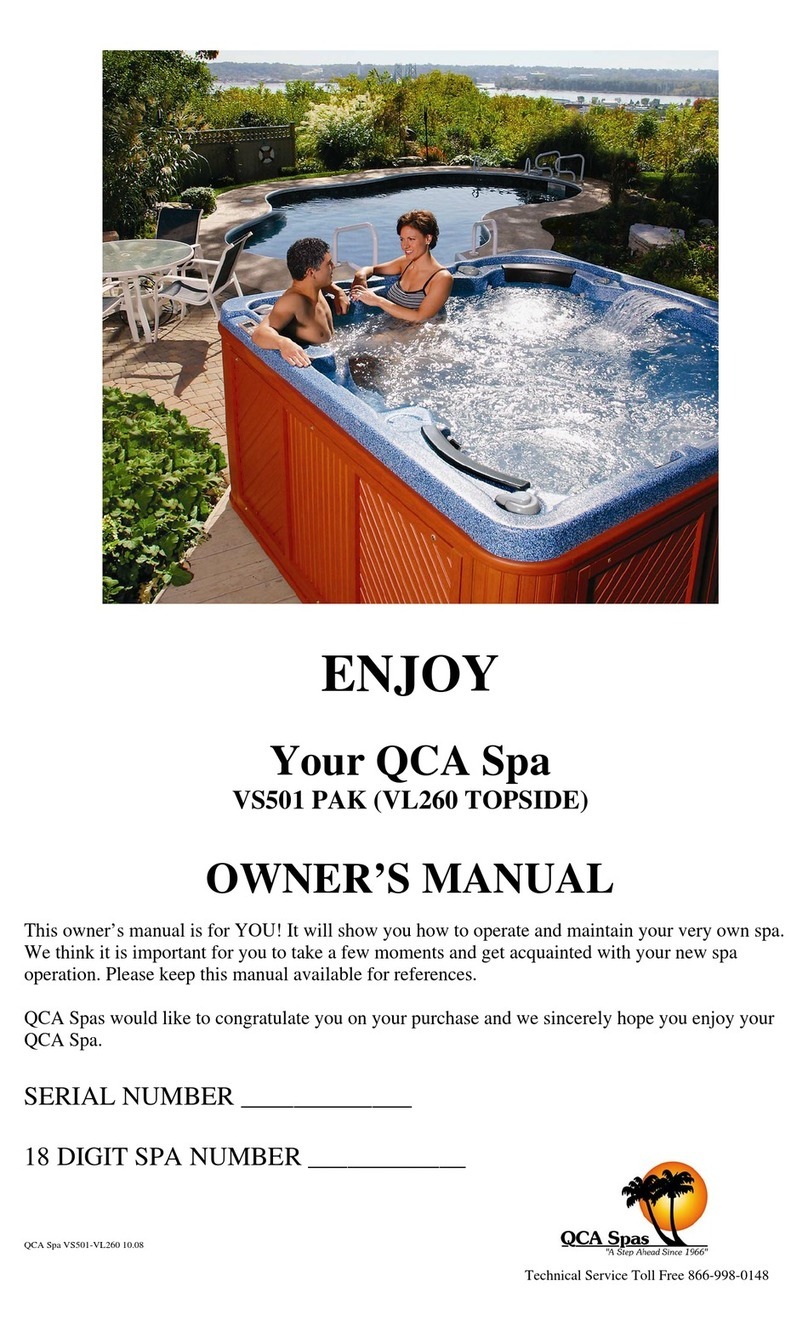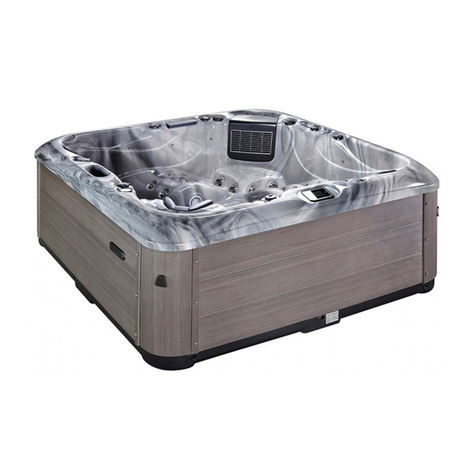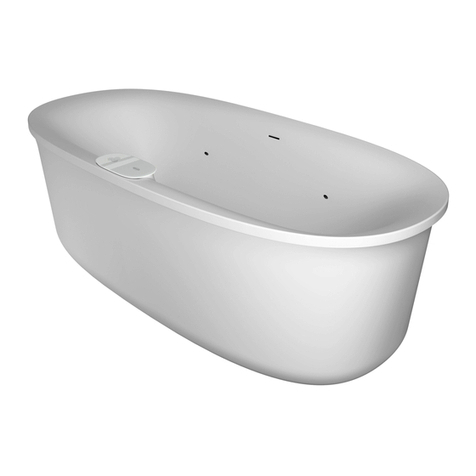
10
13 Blue~ -> Green~
Blue and green alternating light. Light increases
and decreases its intensity fluently, from minimal
to maximal value. When one cycle is completed
and minimum lighting intensity is reached, a
colour changes.
14 Blue~ -> Yellow~ Blue and yellow alternating light. Action as
above.
15 Blue~ -> Red~ Blue and red alternating light. Action as above.
16 Green~ -> Yellow~ Green and yellow alternating light. Action as
above.
17 Green~ -> Red~ Green and red alternating light. Action as above.
18 Yellow~ -> Red~ Yellow and red alternating light. Action as above.
19 Blue~ -> Green~ ->
Yellow~
Blue, green and yellow alternating light. Action
as above.
20 Blue~ -> Green~ ->
Red~
Blue, green and red alternating light. Action as
above.
21 Green~ -> Yellow~ ->
Red~
Green, yellow and red alternating light. Action as
above.
22 Blue~ -> Green~ ->
Yellow~ ->Red~
Blue, green, yellow and red alternating light.
Action as above.
23 Red->Blue->Green-
>Yellow ~
Red, blue, green and yellow alternating light.
Light increases and decreases its intensity
fluently, from minimal to maximal value.
Simultaneously two next colours shine. When
intensity of one colour is increasing, intensity of
another colour is decreasing. When intensity of
the first colour reaches maximum, the next colour
is starting to shine.
24 Blue*->Green*-
>Yellow*->Red*
Blue, green, yellow and red flashlight. After a few
quick flashes the colour is changed.
RGB:
No. of
program
Name displayed on
the panel
Description
1 White Fixed white light.
2 Yellow Fixed yellow light.
3 Blue Fixed blue light.
4 Green Fixed green light.
5 Red Fixed red light.
6 Pink Fixed pink light
7 Turquoise Fixed turquoise light.
8 Yellow~ Yellow alternating light. Light increases and
decreases its intensity fluently, from minimal to
maximal value.
9 Blue~ Blue alternating light. Action as above.
10 Green~ Green alternating light. Action as above.
11 Red~ Red alternating light. Action as above.
12 Pink~ Pink alternating light. Action as above.
